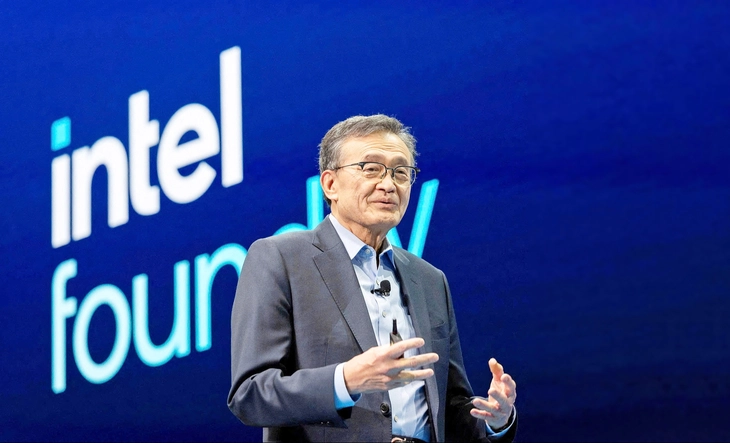
CEO Lip Bu Tan speaks at a conference in San Jose, California, on April 29. - Photo: REUTERS
The major restructuring began with the largest round of layoffs in years. According to Reuters, on July 24, Intel officially announced plans to cut approximately 15% of its global workforce (equivalent to nearly 24,000 employees).
Perform major surgery
The planned staff reductions are considered one of the most drastic restructuring steps in the company's history, taking place amidst continuously declining business and increasingly fierce competition.
In a memo to all employees, CEO Lip Bu Tan emphasized Intel's commitment to a radical shift in investment thinking: "No more blank checks. Every investment must have a clear economic rationale. We will only build what our customers need, when they need it, and regain their trust through consistent performance."
Intel's goal is to further reduce its workforce to 75,000 by the end of this year, a 22% decrease compared to the end of 2024, through voluntary resignations and other measures.
According to Chief Financial Officer David Zinsner, this extensive restructuring adopts a "major surgical" approach, focusing on eliminating middle management layers to streamline operations and accelerate decision-making.
Alongside the wave of layoffs led by CEO Lip Bu Tan, Intel is implementing a series of large-scale restructuring measures. Specifically, the company is canceling factory expansion projects in Poland and Germany, and slowing down construction of a major plant in Ohio (USA).
Simultaneously, Intel is consolidating its chip packaging facility in Costa Rica with existing facilities in Vietnam and Malaysia to optimize costs and increase flexibility in its global supply chain.
Beyond infrastructure, the restructuring plan also includes accelerating the production roadmap for the 18A process (1.8-nanometer chips) specifically for internal products like Panther Lake. Meanwhile, the 14A process (1.4-nanometer chips) will continue to be developed if there are enough external customers – otherwise, Intel may withdraw from this contract chip manufacturing segment.
CEO Lip Bu Tan announced that he will personally review and approve each critical chip design to ensure the technology strategy does not repeat past mistakes. He expects these comprehensive changes to breathe new life into Intel, making the company leaner, more disciplined, and more efficient, enabling it to compete effectively in the rapidly changing technology industry.
A double-edged sword
"It's concerning that Intel feels the need to undertake such a large-scale restructuring in the context of a rapidly changing market and competitive landscape," said Leonard Lee, founder of the technology company NeXt Curve.
In an article published on Tech News World on July 22nd, IT expert Rob Enderle stated that initiating a large-scale layoff during a restructuring phase is often seen as an effective way to reform. However, behind the immediate benefits, this move carries significant risks to the company's internal strength – especially for a technology corporation like Intel that is striving for recovery.
Previously, Intel underwent a major round of layoffs involving approximately 15,000 employees (as of August 2024). The continued large-scale workforce reductions risk eroding employee loyalty and making it difficult to retain key talent, which is vital in an industry that demands constant innovation like semiconductors.
Experts also warn about the phenomenon of "Survivor Syndrome," where employees remaining after successive layoffs often experience prolonged stress, disorientation, and reduced engagement, directly impacting productivity and corporate culture.
Furthermore, another factor that could turn into a "double-edged sword" is Intel's shift toward outsourcing its artificial intelligence (AI) marketing to technology consulting and services provider Accenture.
While delegating marketing activities to AI may help Intel reduce labor costs and leverage technology to optimize operations, it could lead to brands becoming less personalized, disconnected from users, and losing their competitive edge.
According to Reuters, in addition to internal risks, Intel is incurring costs of $1.9 billion to restructure its workforce in the second quarter of this year alone. Although the strategy has been clearly announced, Intel itself acknowledges that the roadmap is still in progress, even though each decision costs billions of dollars and takes years of research.
The race to reclaim the top spot.
CEO Lip Bu Tan frankly admitted that Intel has passed its peak and is no longer among the top 10 semiconductor companies in the world . Analysts believe this decline is a consequence of years of stagnation and mismanagement, causing Intel to lose its position in the AI chip industry – currently dominated by Nvidia.
At the same time, long-standing rivals like AMD and TSMC are steadily gaining market share from Intel in the personal computer, server, and contract chip segments. However, Lip Bu Tan expressed confidence in the prospect of restructuring, stating: "It will take time, but we see clear opportunities ahead to improve our competitive position, enhance profitability, and create long-term shareholder value."
Source: https://tuoitre.vn/intel-dai-cai-to-de-tai-sinh-20250725235507171.htm


![[Image] Leaked images ahead of the 2025 Community Action Awards gala.](/_next/image?url=https%3A%2F%2Fvphoto.vietnam.vn%2Fthumb%2F1200x675%2Fvietnam%2Fresource%2FIMAGE%2F2025%2F12%2F16%2F1765882828720_ndo_br_thiet-ke-chua-co-ten-45-png.webp&w=3840&q=75)
![[Photo] Prime Minister Pham Minh Chinh receives the Governor of Tochigi Province (Japan)](/_next/image?url=https%3A%2F%2Fvphoto.vietnam.vn%2Fthumb%2F1200x675%2Fvietnam%2Fresource%2FIMAGE%2F2025%2F12%2F16%2F1765892133176_dsc-8082-6425-jpg.webp&w=3840&q=75)


![[Photo] Prime Minister Pham Minh Chinh receives Lao Minister of Education and Sports Thongsalith Mangnormek](/_next/image?url=https%3A%2F%2Fvphoto.vietnam.vn%2Fthumb%2F1200x675%2Fvietnam%2Fresource%2FIMAGE%2F2025%2F12%2F16%2F1765876834721_dsc-7519-jpg.webp&w=3840&q=75)
![[Live] 2025 Community Action Awards Gala](/_next/image?url=https%3A%2F%2Fvphoto.vietnam.vn%2Fthumb%2F1200x675%2Fvietnam%2Fresource%2FIMAGE%2F2025%2F12%2F16%2F1765899631650_ndo_tr_z7334013144784-9f9fe10a6d63584c85aff40f2957c250-jpg.webp&w=3840&q=75)
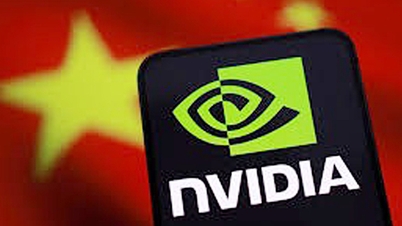




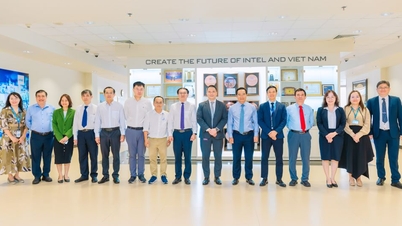

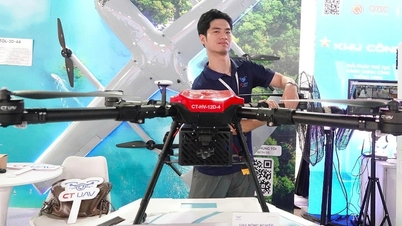































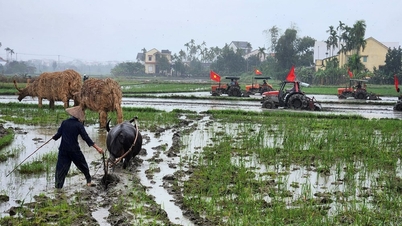


















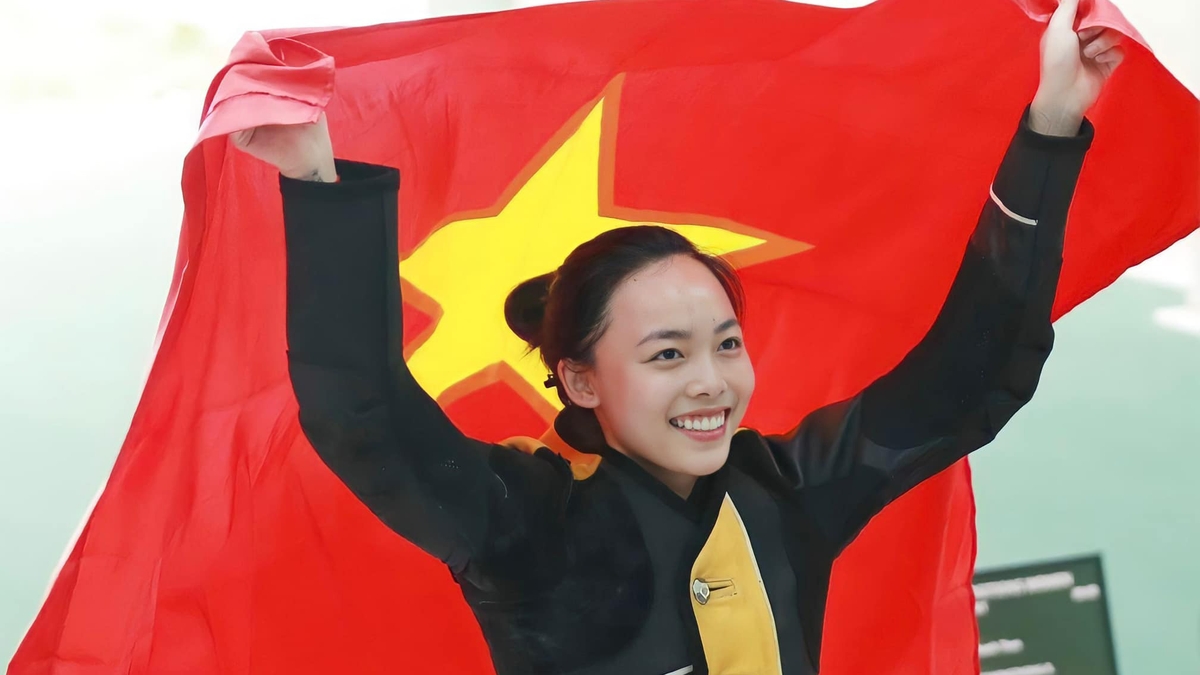

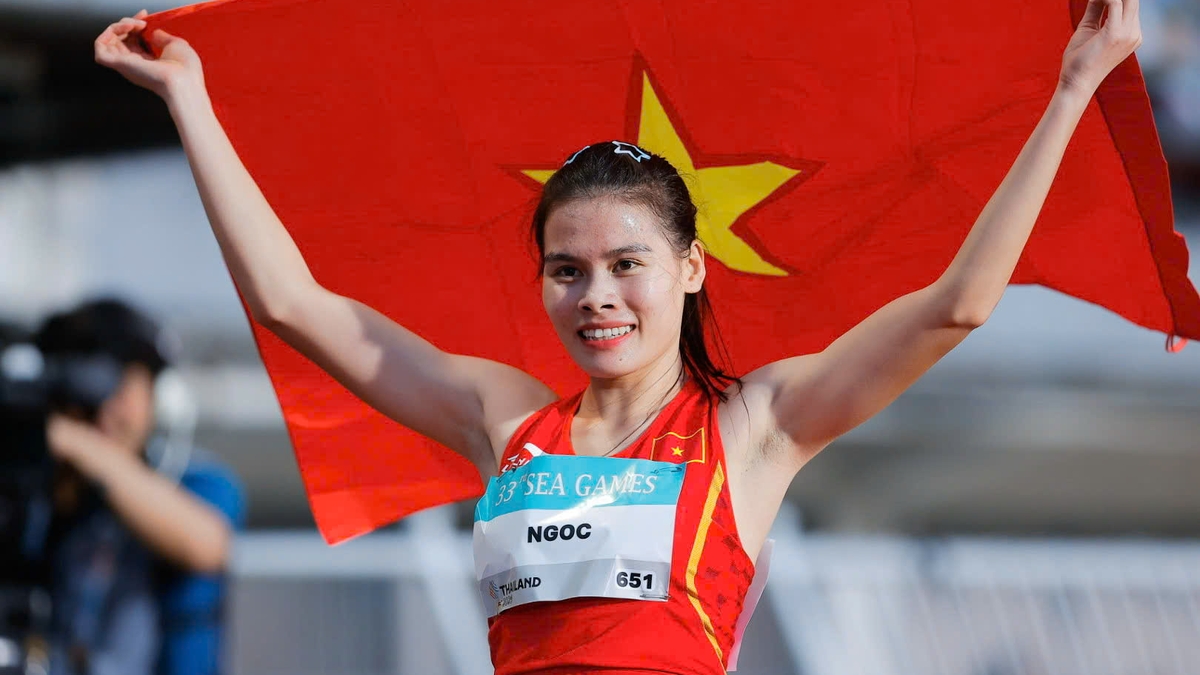












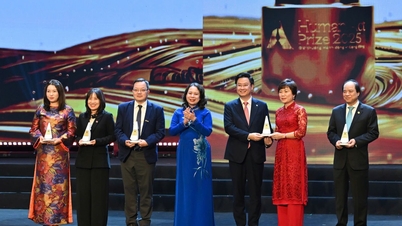


























Comment (0)